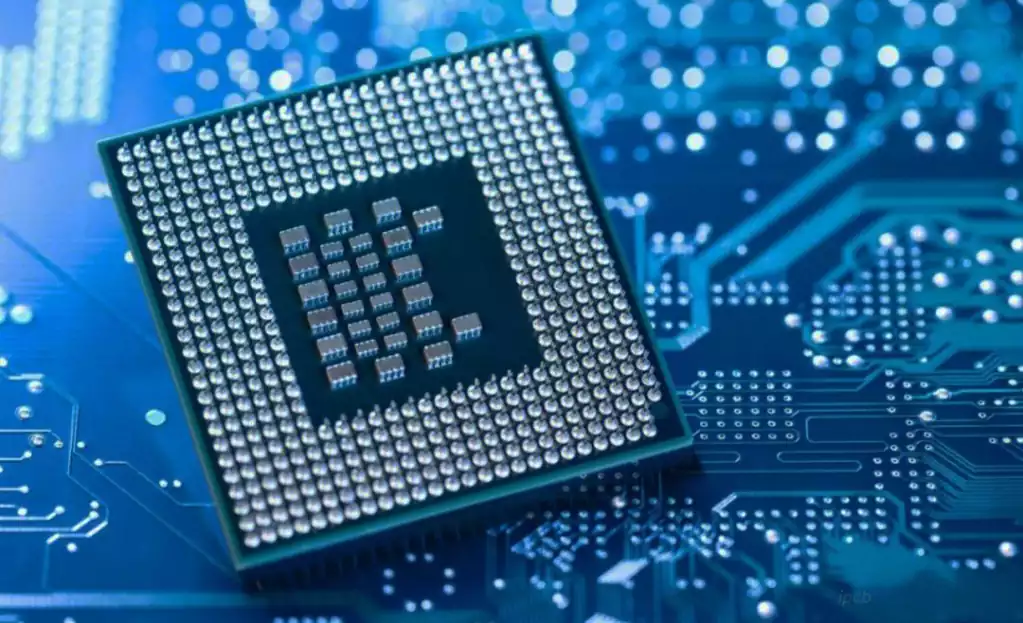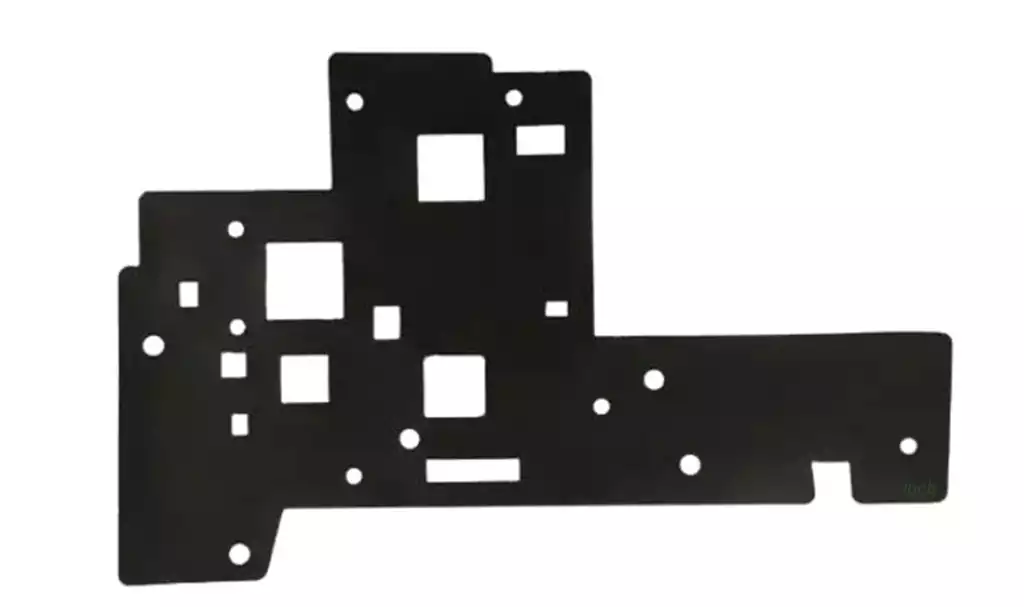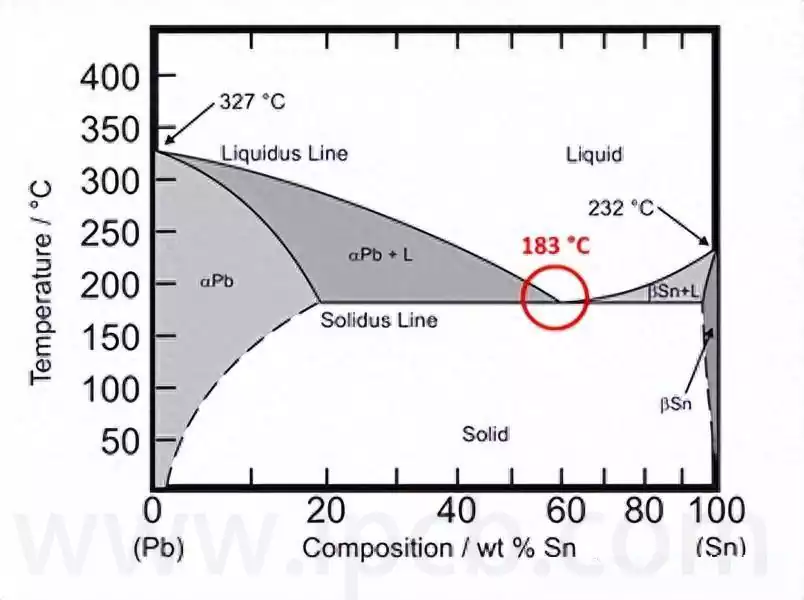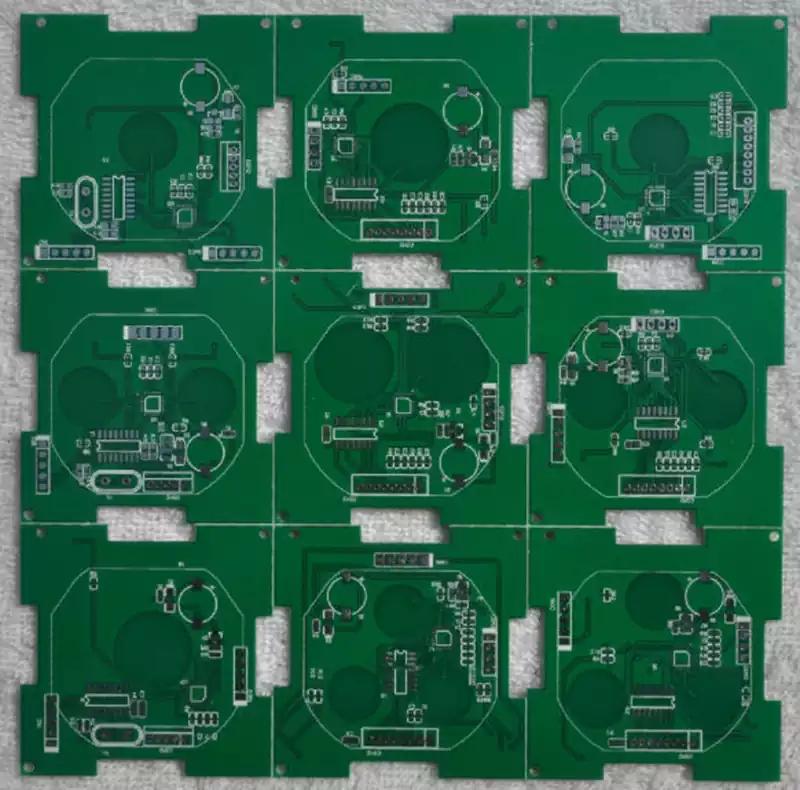A bypass capacitor is a capacitor connected in parallel with a part or component in a circuit. It provides a selective low-impedance path that allows current, signal, or noise to bypass a particular part or component. A bypass capacitor can improve the performance of a circuit by adjusting its capacitance to selectively direct signals or noise in a particular frequency range. The Bypass Capacitance Calculator is a calculation tool based on electrical engineering principles and mathematical models that helps engineers quickly and accurately calculate the required bypass capacitance value in a circuit. The calculator automatically calculates the optimal bypass capacitance value by inputting the relevant parameters of the circuit, such as supply voltage, operating frequency, load variation, etc., to provide strong support for circuit design.
With the Bypass Capacitance Calculator, engineers can design circuits more easily. Instead of manually calculating complex capacitance values, they can simply enter the relevant parameters into the calculator and get accurate results. This not only improves design efficiency, but also reduces the error rate and ensures circuit stability and reliability.
The Role of Bypass Capacitors
Bypass capacitors play a variety of important roles in circuits. Here are a few of the main roles of bypass capacitors:
Filter
Bypass capacitors can be used as filters to help remove noise and interference from a circuit. By choosing the proper capacitance, a bypass capacitor can create a low-impedance path that bypasses high-frequency noise so that it does not interfere with the normal operation of the circuit. This filtering effect is especially useful in power line filters and signal processing circuits.
Voltage Regulators
Bypass capacitors are also used as voltage regulators, serving to adjust the voltage in power supply circuits. When the voltage fluctuates due to a change in load, the bypass capacitor can release or absorb energy to keep the voltage stable. This is important for electronic devices that require a stable voltage output, such as computers and communication equipment.
Amplifier
In amplifier circuits, bypass capacitors can be used to enhance signals in a specific frequency range. By choosing the right capacitance value, bypass capacitors can provide better frequency response and gain amplification for the desired frequency band, thus improving the quality of audio or RF signals.
Principle of Bypass Capacitors
The principle of bypass capacitors is based on the charging and discharging characteristics of capacitors. When a bypass capacitor is connected in parallel with components in a circuit, it creates a parallel circuit in which current can selectively pass through the capacitor and bypass the other components. The specific principle is as follows:
When an AC signal passes through the circuit, the bypass capacitor corrects the signal. At low frequencies, the capacitor has a high impedance and the current selectively passes through other components to bypass the capacitor. At high frequencies, where the impedance of the capacitor is low, the current will choose to bypass the other components by passing through the capacitor. In this way, bypass capacitors enable differential processing of signals at different frequencies, providing better circuit performance.
In addition, bypass capacitors store charge and release energy to help balance voltage offsets and suppress transient noise. By choosing the right capacitance value and dielectric material, bypass capacitors can provide the desired circuit functionality and performance according to the design requirements.
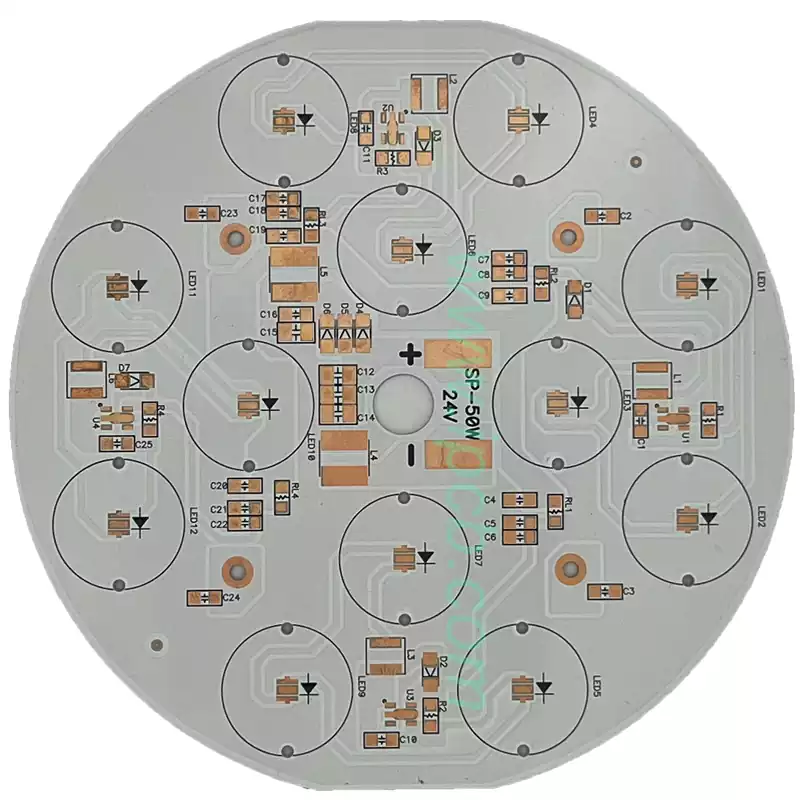
What is a bypass capacitor?
A bypass capacitor is usually applied between the VCC and GND pins of an integrated circuit. The bypass capacitor eliminates the effects of supply voltage spikes and reduces supply noise.
The name “bypass capacitor” is used because it bypasses the high frequency component of the power supply. It is also called a decoupling capacitor because it decouples one part of the circuit from another (usually, noise from the power supply or other ICs is shunted and its effect on the other part of the circuit is reduced).
Bypass capacitors are typically used in two locations in a circuit: one on the power supply and one on each active device (analog or digital IC).
The bypass capacitor located near the power supply removes the voltage drop in the power supply by storing charge and releasing it when necessary (usually when a spike occurs).
How do bypass capacitors eliminate power supply noise?
To understand how bypass capacitors eliminate noise, you need to first understand how capacitors operate in both DC and AC. When a capacitor is connected across a DC supply (such as the battery in the example), an electric field is created in the dielectric, with a positive charge on one conductor and a negative charge on the other.
When the capacitor is charged, a transient current flows from the power supply. However, when the charge on the capacitor reaches its maximum value (determined by Q = CV), the electric field between the conducting plates of the capacitor nullifies the electric field of the power supply and no more charge flows through the capacitor.
Thus, in a DC circuit, the capacitor charges to the supply voltage and prevents any current from flowing through the capacitor.
When a capacitor is connected across a time-varying AC supply, there is little or no resistance to current flow due to the charging and discharging cycles.
Remember, when a bypass capacitor is connected across a power supply, it provides a low-resistance path for noise (essentially AC signals) from the power supply to ground. Thus, the bypass capacitor bypasses the power supply using the AC signal.
Since DC is blocked by the capacitor, it will pass through the circuit rather than through the capacitor to ground, which is why bypass capacitors are used, also known as decoupling capacitors.
In electronic design, the role of bypass capacitors should not be ignored. It can not only filter out high-frequency noise and interference in the circuit to ensure the purity and stability of the signal, but also balance the voltage of the circuit, improve the quality of signal transmission, and protect electronic components. Therefore, the selection of the appropriate bypass capacitance value for the circuit performance of the impact is critical.
